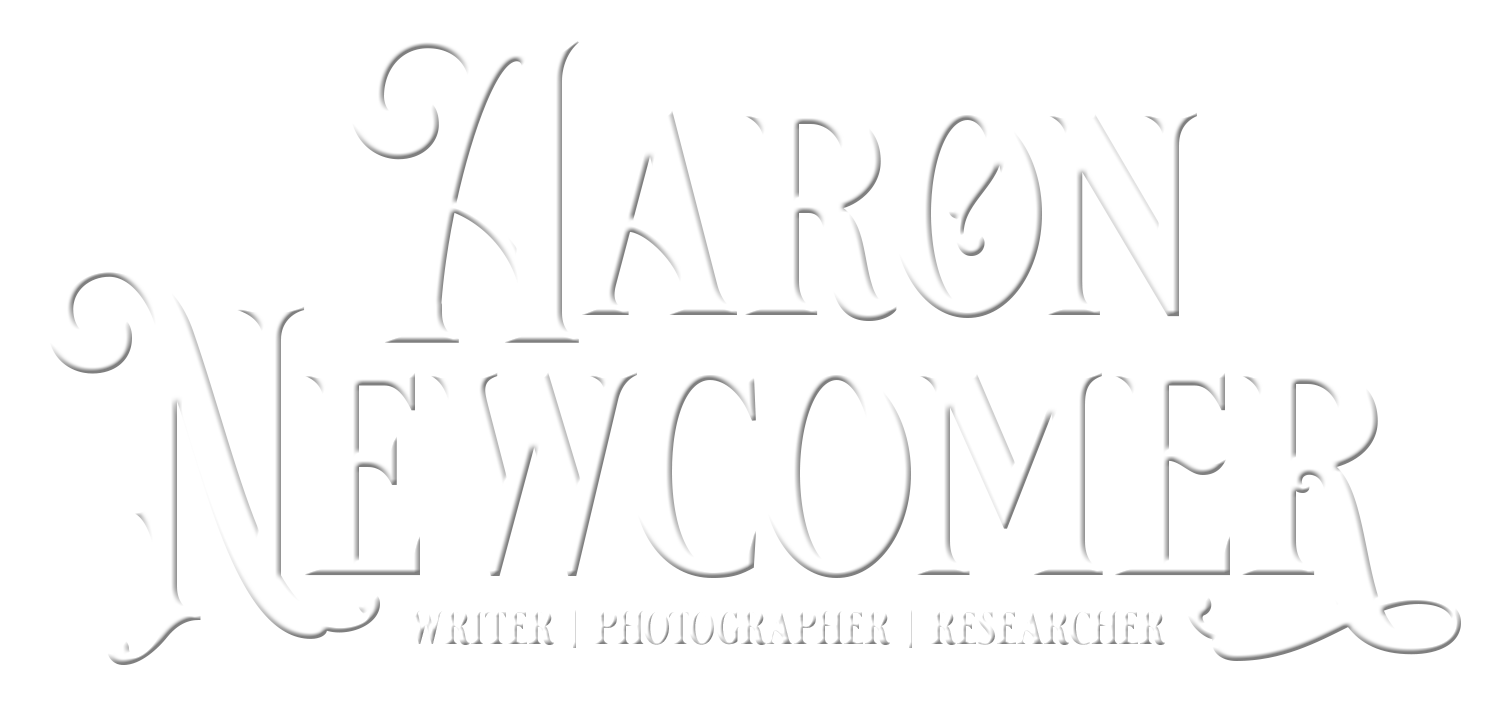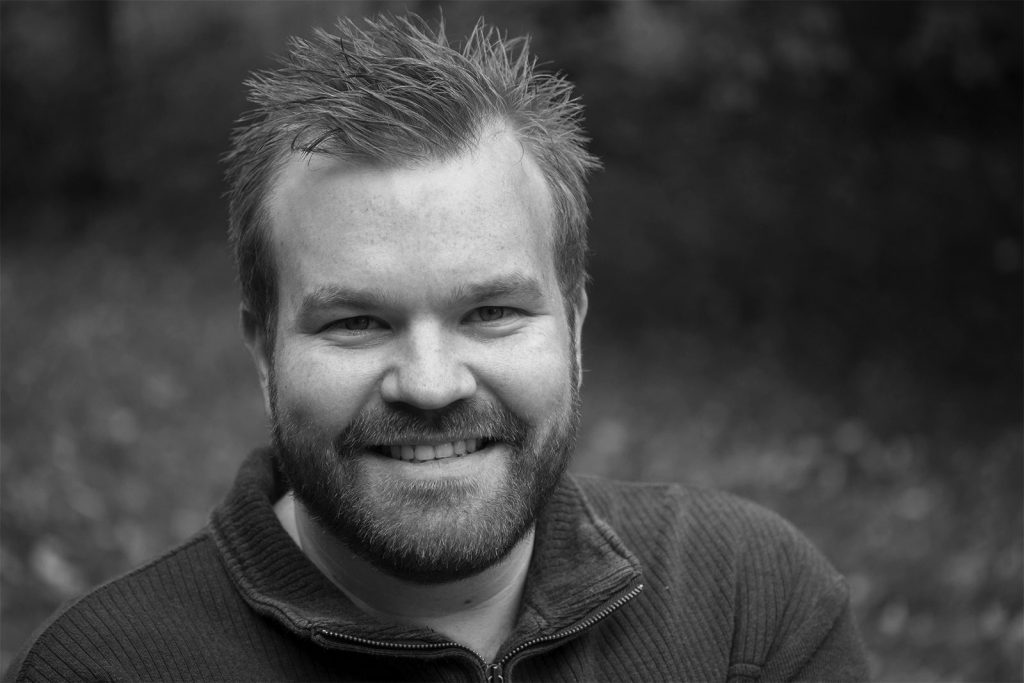Editor’s Choice
As the author and editor, I’ve taken the time to carefully curate a selection of my personal favorite articles, stories, and features that I’ve written over time. This diverse assortment showcases the very best of my work in terms of content, creativity, and relevance across various topics and genres. Whether you’re looking for thought-provoking opinions, engaging narratives, or groundbreaking discoveries, you’ve come to the right place. I invite you to dive in and explore my handpicked collection of outstanding content that I’m particularly proud of. Enjoy the read!



























 Hello, my name is Aaron Newcomer. I am a collector and researcher of early 19th century breech-loading firearms systems, with a particular focus on the work of Jean Samuel Pauly and Casimir Lefaucheux. I collect cartridges and documents related to these types of firearms and conduct research on these topics, furthering my understanding and knowledge of these historical firearms and their place in the evolution of firearms technology. My collection and research reflect my dedication to preserving and understanding the history and technical innovations of these early firearms systems.
Hello, my name is Aaron Newcomer. I am a collector and researcher of early 19th century breech-loading firearms systems, with a particular focus on the work of Jean Samuel Pauly and Casimir Lefaucheux. I collect cartridges and documents related to these types of firearms and conduct research on these topics, furthering my understanding and knowledge of these historical firearms and their place in the evolution of firearms technology. My collection and research reflect my dedication to preserving and understanding the history and technical innovations of these early firearms systems.




